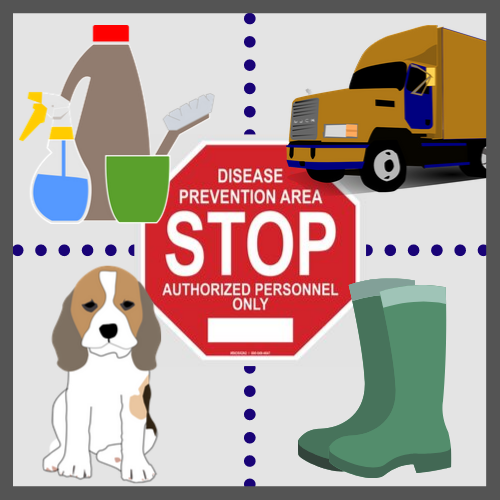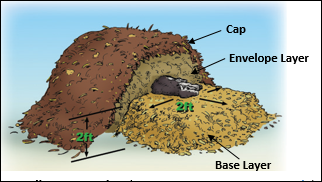Agricultural Production
Animal Manure Management
Biosecurity
In Nebraska, routine livestock mortalities can be legally disposed of in five different ways: burial, incineration, composting, rendering, and disposal in a landfill. Regardless of which method is used, it is important to dispose of the animal or animals within 24 hours of death, or sooner if possible. When choosing a mortality disposal method, cost, labor input, and personal preferences usually dictate an individual’s decision.
Sign up for updates from UNL Water



